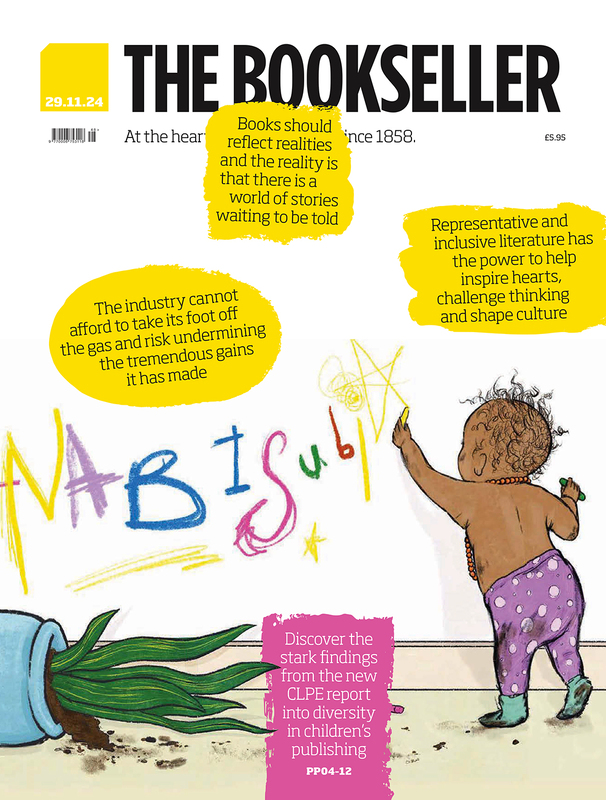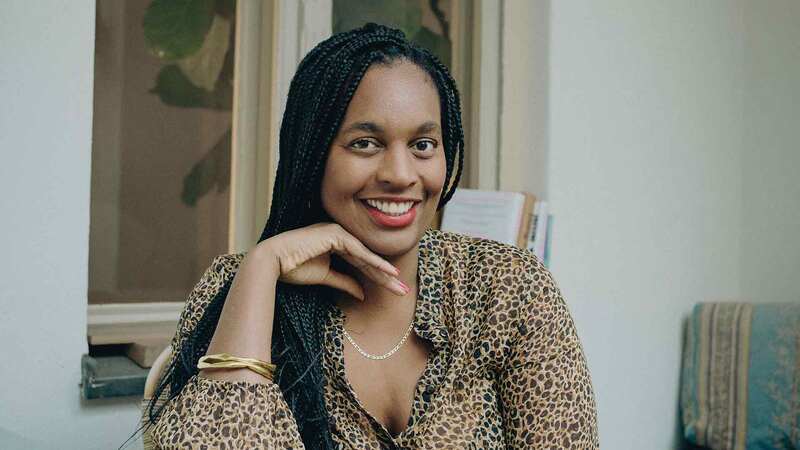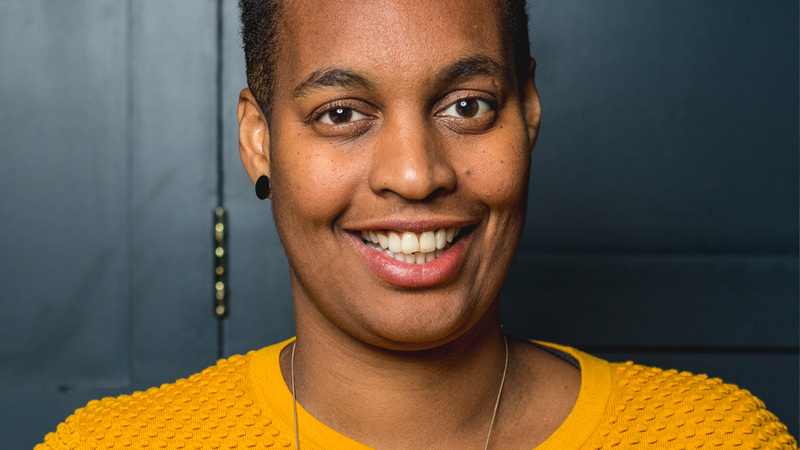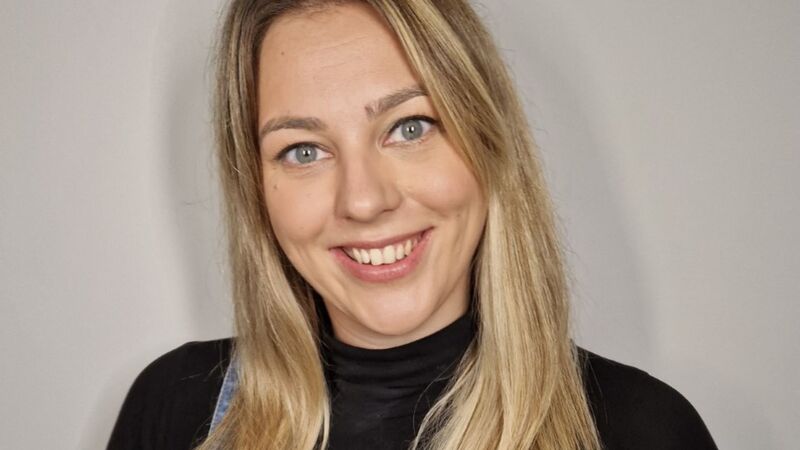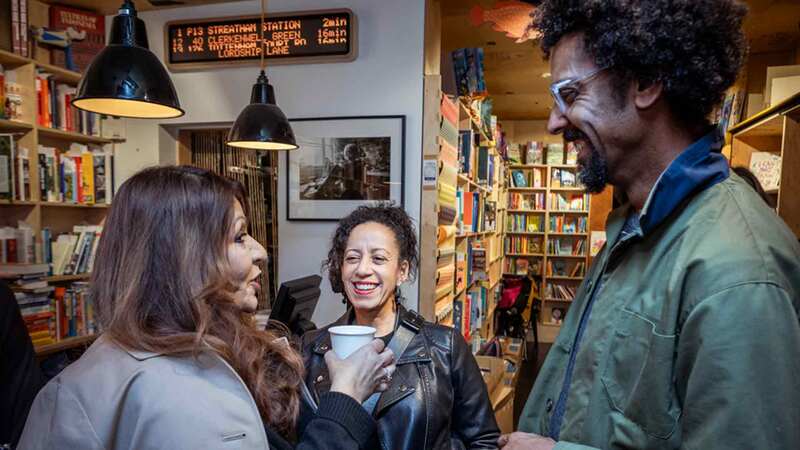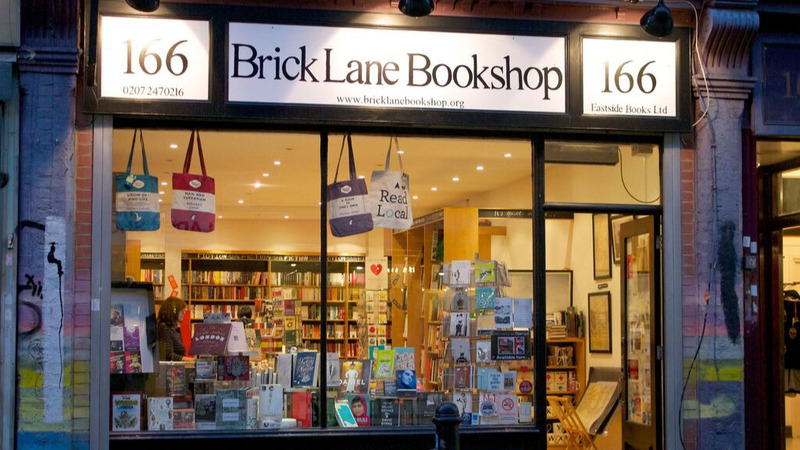You are viewing your 1 free article this month. Login to read more articles.
The new better
Last week some £33m worth of printed books were sold through the Nielsen BookScan universe, including for the first time since the end of March high street bookshops in England and Northern Ireland—Waterstones, Blackwell’s and W H Smith, as well as very many indies. It could scarcely have gone better.
It was the best “week 25” since 2003—when Harry Potter and the Order of the Phoenix was first released. If James Daunt was expecting a quiet return, as he suggested might be the case at the beginning of June, then he will have been pleasantly surprised. Amazon has reaped many of the benefits of the lockdown, and will continue to be the unseen lever in the Nielsen numbers, but footfall was strong, and particularly so for local booksellers.
It is of equal good news that Reni Eddo-Lodge retains her spot at the top of the Nielsen charts; the fact that many readers went into bookshops to buy her book, as important as it was when they could just order it online. Waterstones’ move to select the book as its Book of the Month and, with Bloomsbury, donate a portion of profits to charity, is welcome. More vital is making so-called diverse books part of the everyday in bookshops.
One might say, job done. Back to business. Time to stop staring at our computer screens and return to the day job. But Covid-19 and the Black Lives Matter (BLM) protests have changed this sector, and we can no longer pretend that the new normal will look like an imprint of the old. And in truth, neither do we want it to. Our job now is to make an improved version.
This week’s publication is a good starting point, with the Northern Powerhouse Region Focus, and the Rethinking “Diversity” in Publishing supplement speaking to how the business looks when we widen the lens, and how it might change, if we can turn that gaze into action. And I hold my hands up: we have also been far too narrow in our view.
Of course, some in the trade are feeling raw right now; the debate around BLM has been tough, hard to articulate for many (including, I might add, Bernardine Evaristo, and Dorothy Koomson) and hard to hear. I won’t focus here on the diversity report’s conclusions, as they need to be read in full and in context. But I will amplify what the report’s authors state, that publishers “do care about diversity”, and that there is a willingness to change.
This week Macmillan US c.e.o. John Sargent showed how, stepping back from direct oversight of its trade divisions, to make space for other voices and change “power dynamics”. It’s a big moment, showing that a very important message has now landed. The opening of editorial offices outside London will be a similar game-changer if, in the words of incoming publishing director of HarperNorth Genevieve Pegg, it leads to ”a structural and tactical choice” to find new talent.
All of this takes place at a time when the business must fight its way back from the corona-misery that will continue to hamper all sectors and for a long time yet.
In that respect, last week was a good start. And as things get better, so we must figure out how to make right the new normal.

